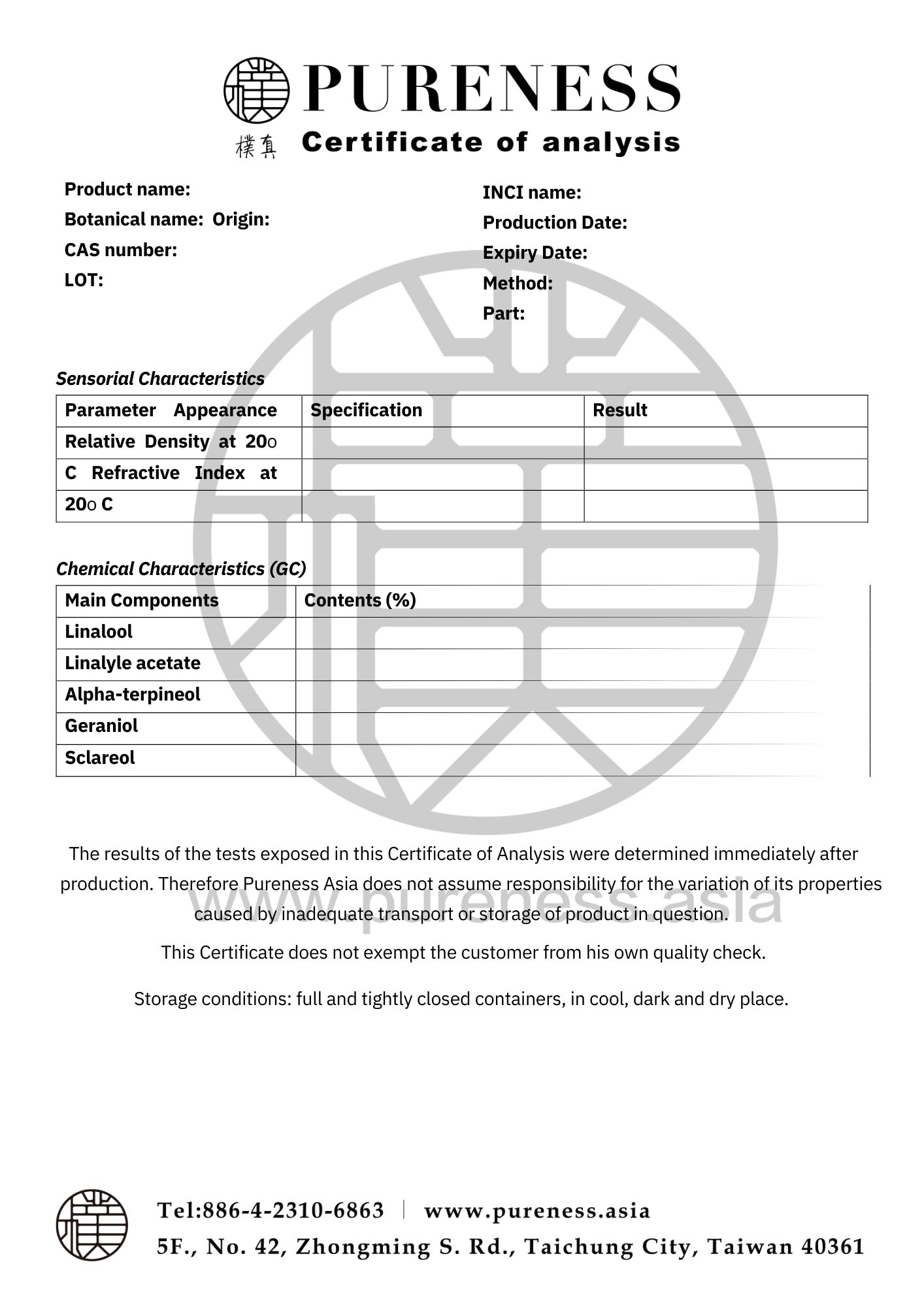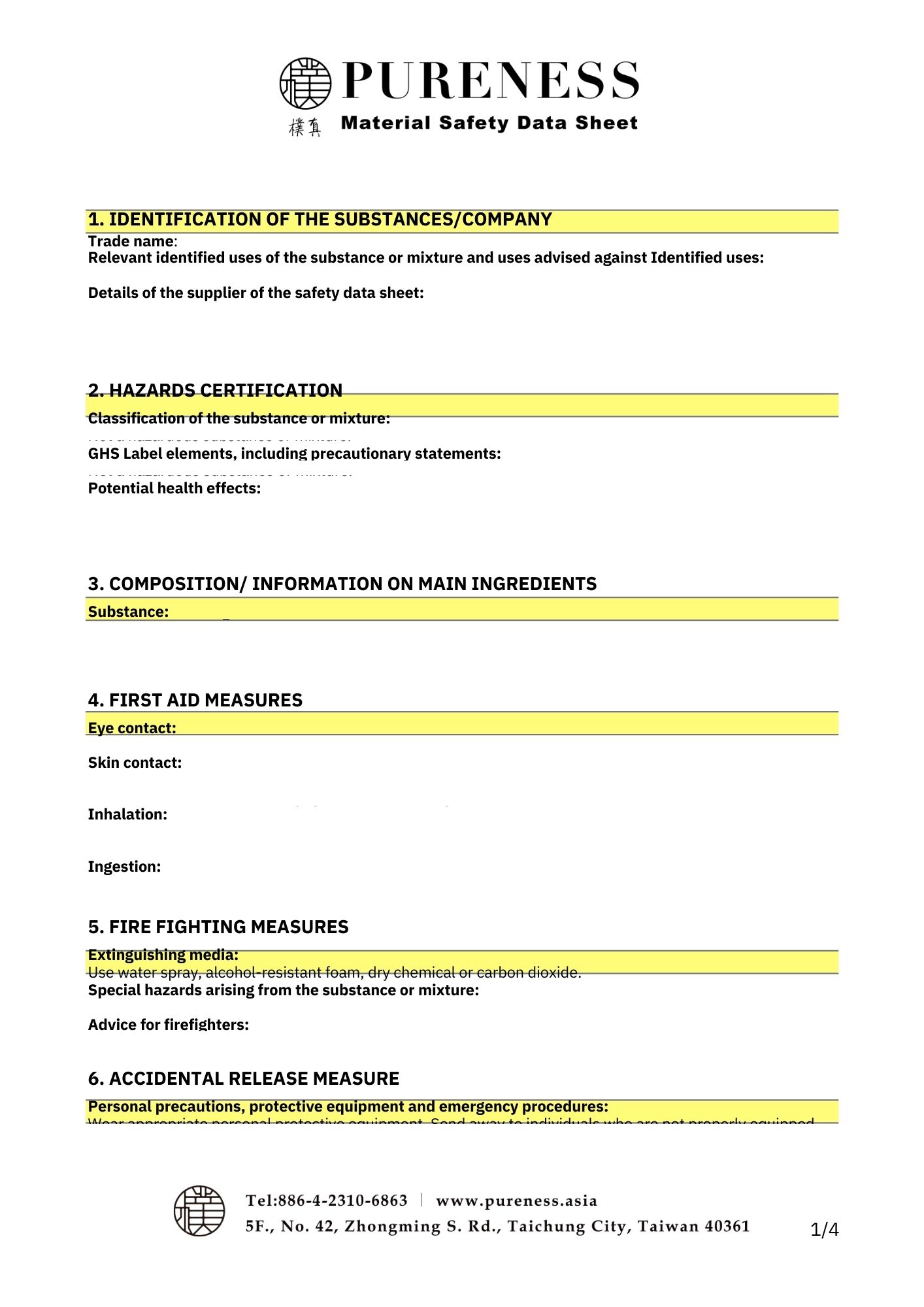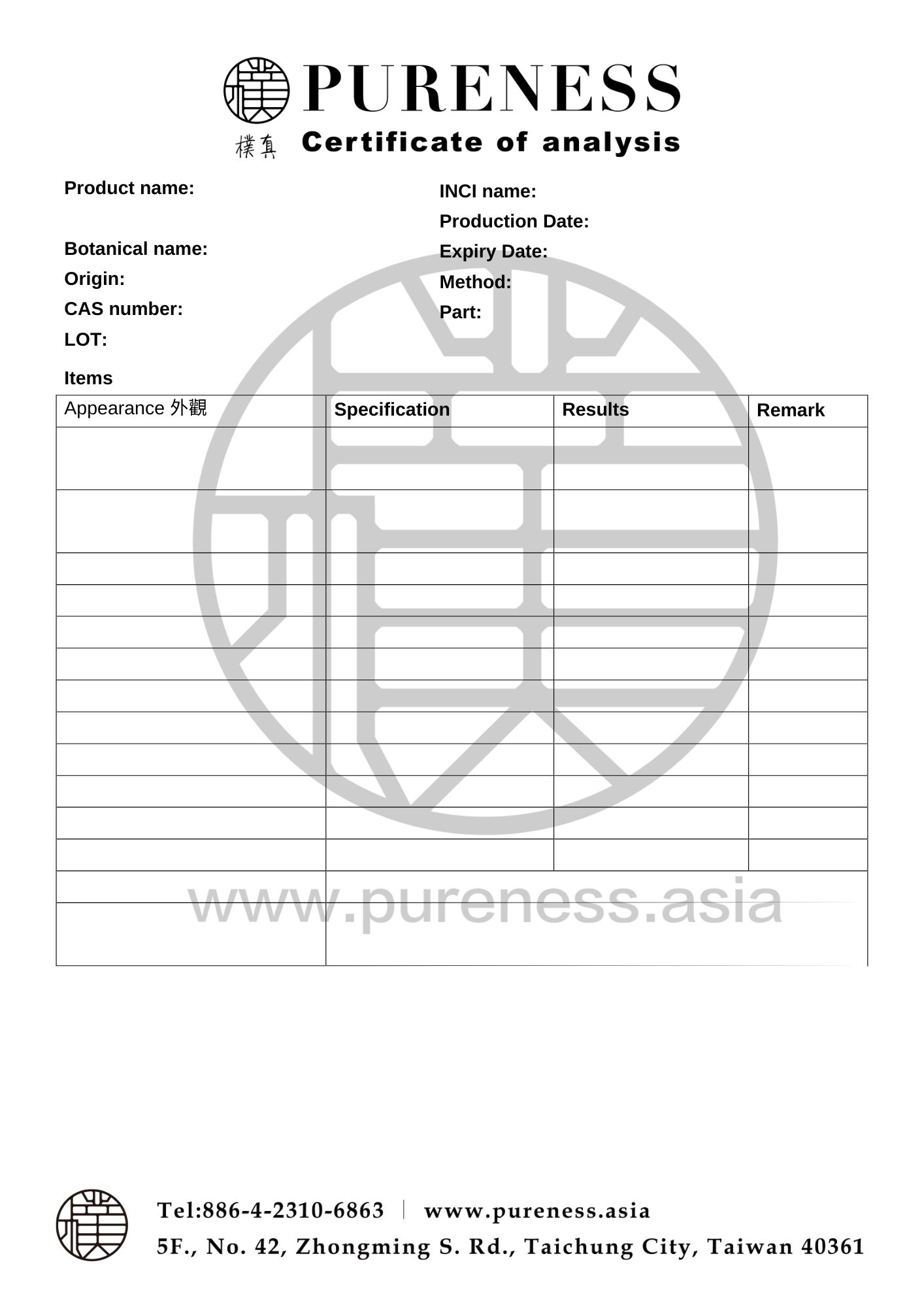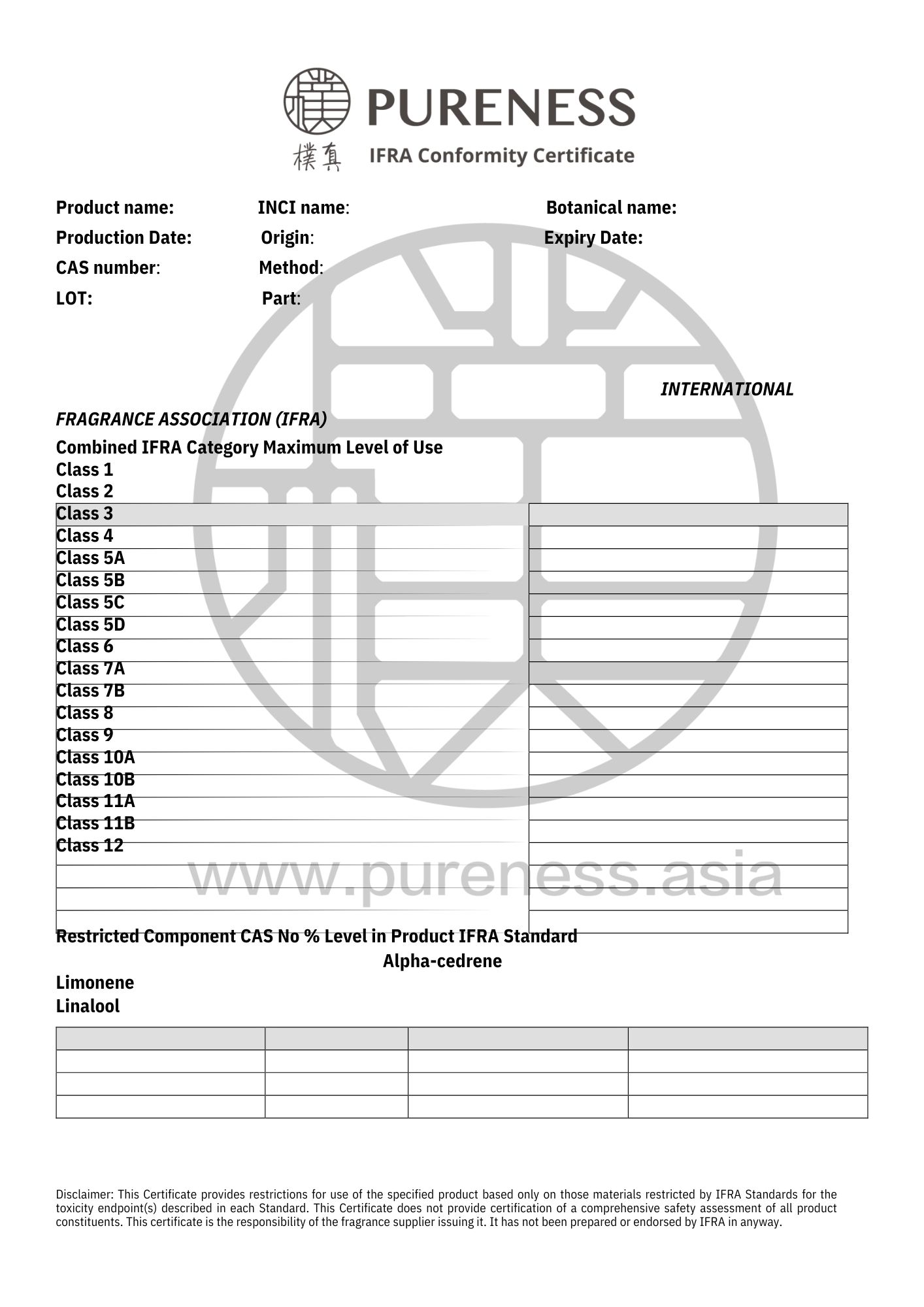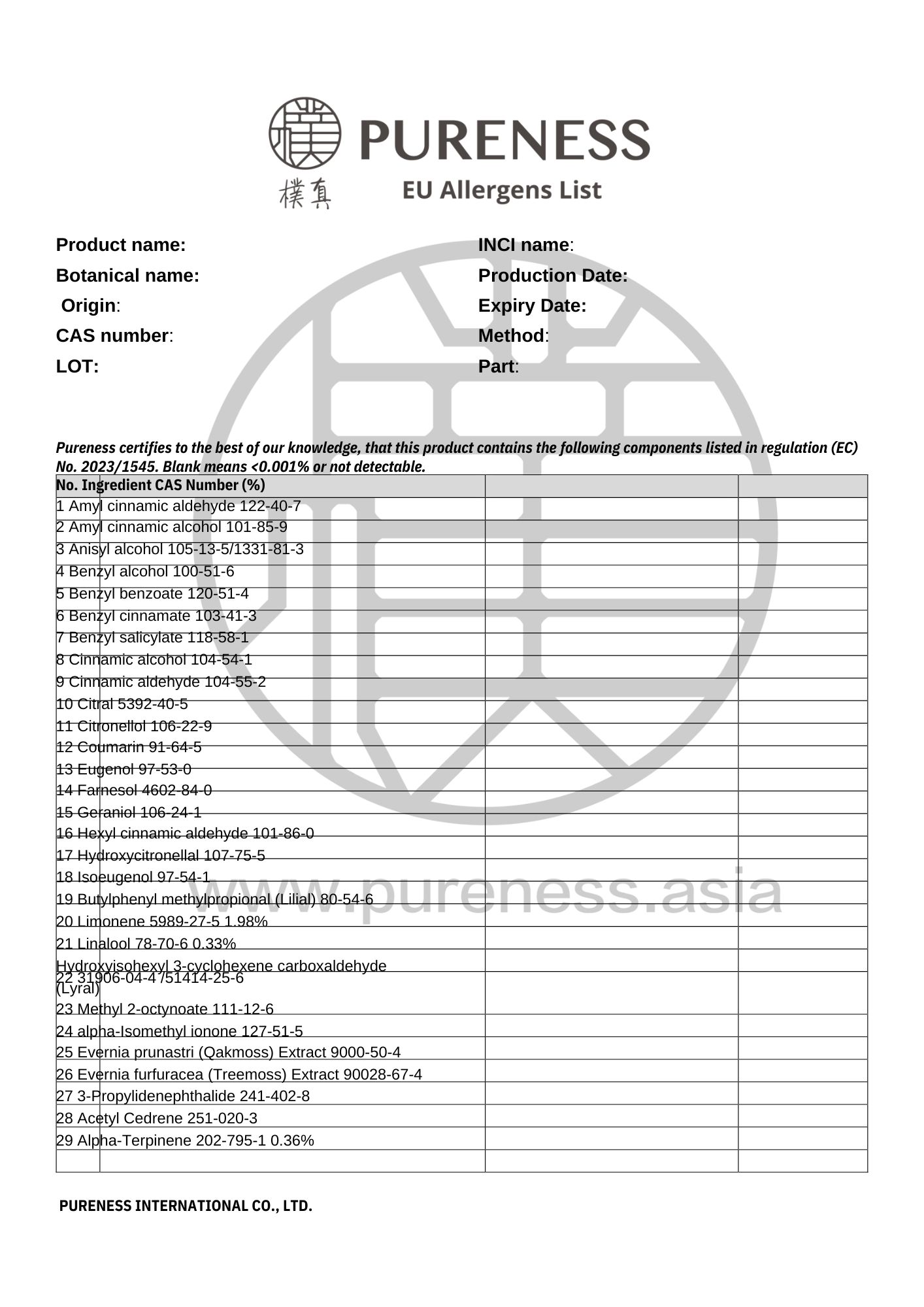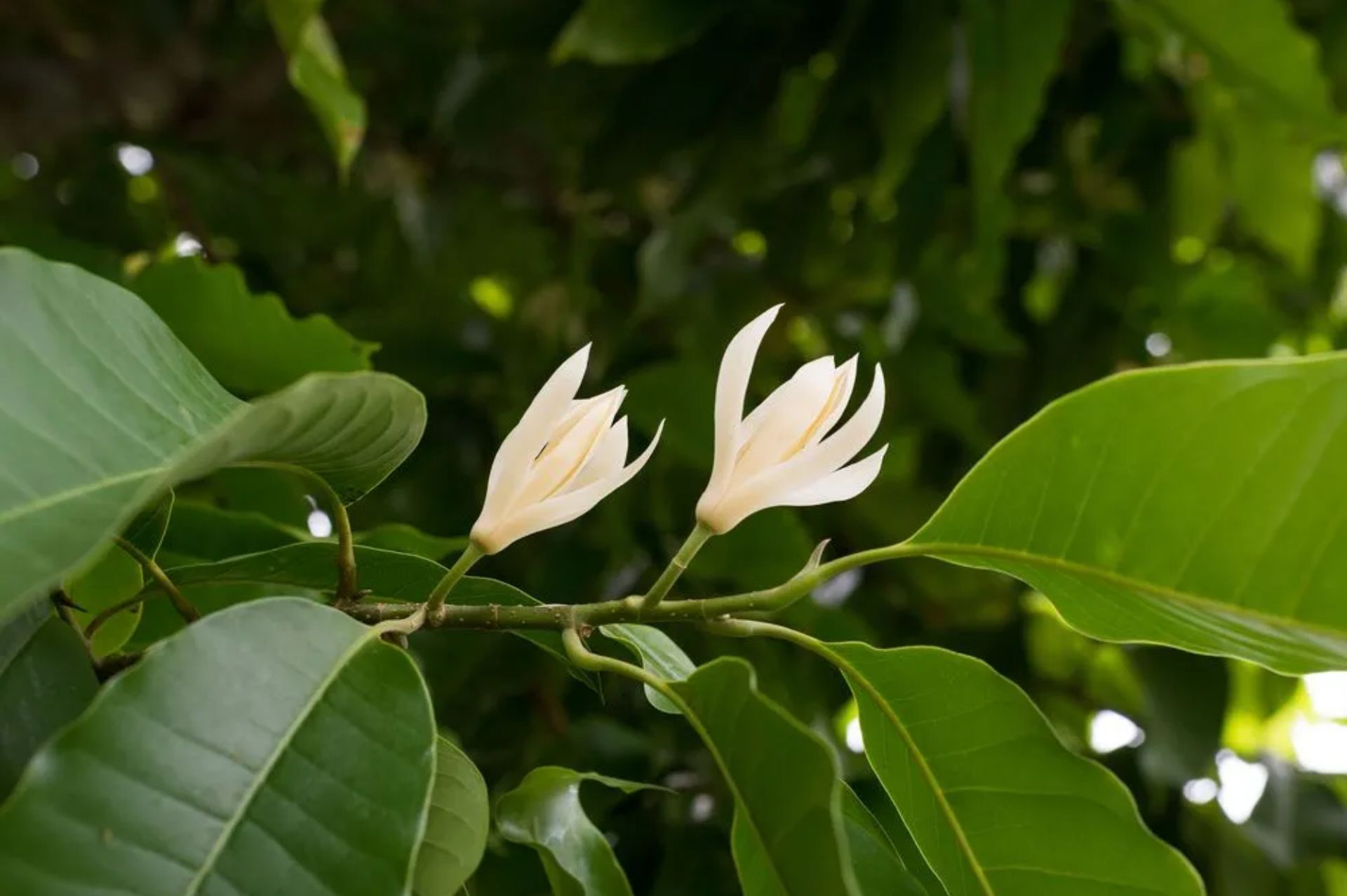
White champak
Scientific name|Michelia alba
Origin|China
Classification|Flower series
Specifications|500g-25kg Please contact sales for details
Extraction part|Flower
Extraction method | Distillation
Plant family|Magnolia (Michelia)
Aroma|Rich floral, fruity, and oriental fragrance notes
▎Essential Oil Introduction
The White Champak (also known as White Magnolia or Magnolia) holds a deeply rooted cultural significance in many parts of Asia. While lavender evokes memories of home and motherhood for Westerners, the White Champak evokes similar feelings for people in the East. Its rich, intoxicating fragrance reaches its peak during summer, and it is often associated with the symbolic meaning of "eternal love."
Native to the tropical rainforests of Indonesia, White Champak is a natural hybrid of Michelia champaca (Golden Champak) and Michelia montana. This family of plants includes about 49 species. The magnolia family is ancient, and anthropologists have discovered fossils of magnolia trees dating back over 100 million years. In ancient China, magnolia flowers were used in medicine and tea, while their blossoms and leaves are still used today to extract essential oils and resins, frequently applied in perfumes and cosmetics.
In traditional medicine, White Champak (Michelia alba) has been documented to have therapeutic effects on certain ailments. According to traditional Chinese pharmacopoeia, its spicy, warm flowers help dispel wind, disperse cold, open the nasal passages, and support lung function. Its appearance—pure white like jade, with a fragrance akin to orchids—has earned it the name White Champak, a tree with orchid-like qualities. The essence of White Champak can best be described as "pure."
In Southeast Asia, White Champak enjoys widespread popularity. In Indonesia, it is woven into garlands along with jasmine for wedding ceremonies or used to celebrate births and new beginnings.
▎Component Analysis
|Main component
The components include Linalool, Caryophyllene oxide, Methyl Eugenol.
|Raw Material Certifications
To obtain relevant certification information, please contact us on WhatsApp.
▎References
- Giacò A 等人。 Santolina chamaecyparissus 複合體(菊科)的形態分析。植物(巴塞爾)。 2022 年 12 月 9 日;11(24):3458。
- De Giorgi P 等人。綜合分類學方法指向科西嘉島和撒丁島桑托利娜(菊科)的單一物種假設。生物學(巴塞爾)。 2022 年。2 月 23 日;11(3):356。
- 阿里A等人。 Santolina chamaecyparissus 的化學特性、抗糖尿病和抗癌活性。沙特生物科學雜誌。 2021年8月;28(8):4575-4580。
- Czerniewicz P 等。 Santolina chamaecyparissus 和萬壽菊精油對蚜蟲氧化壓力生化標記物的影響。昆蟲。 2021 年 4 月 17 日;12(4):360。
- Verdeguer M 等人。用百里草、胡椒薄荷、赤桉和白柏精油控制波納裡燈盞花。分子。 2020 年。1 月 28 日;25(3):562。
- 薩拉 A 等人。 Santolina chamaecyparissus 的抗磷脂酶 A2 和抗發炎活性。生命科學。 2000;66(2):PL35-40。
- Ortiz de Elguea-Culebras G 等人。海索草、薰衣草×中間變種工業精油的殺菌潛力和化學成分。超級,還有Santolina chamaecyparissus。化學生物潛水員。 2018年1月;15(1)。
- Bel Hadj Salah-Fatnassi K 等人。突尼斯野生生長的 Santolina chamaecyparissus L. 花頭和根精油的化學成分、抗菌和抗真菌活性。沙特生物科學雜誌。 2017年5月;24(4):875-882。
- Boudoukha C 等人。 Santolina chamaecyparissus 葉萃取物對人類中性粒細胞功能的免疫調節作用。醫藥生物學。 2016;54(4):667-73。
- Suresh B 等人。 Santolina chamaecyparissus 揮發油的抗念珠菌活性。 J Ethnopharmacol。 1997 年一月;55(2):151-9。
|Some images sourced from the internet. Contact for copyright removal|
